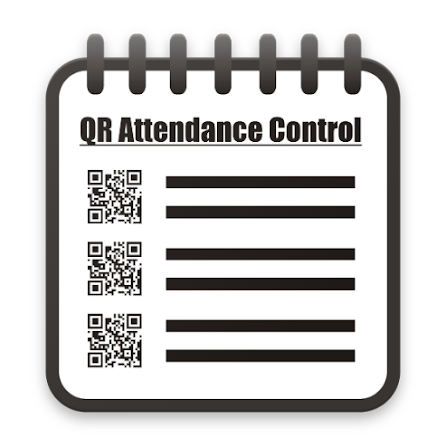Overtime Management 101
Overtime Management 101: Tips and Tricks for a Productive Workplace
Overtime is a common occurrence in many industries, especially those that operate 24/7 or have peak seasons. While overtime can be necessary, it can also lead to burnout, decreased productivity, and increased costs for the company. To avoid these negative outcomes, it's important to have effective strategies in place to manage overtime. Here are some best practices for managing overtime:
1. Establish Clear Policies and Guidelines
Having clear policies and guidelines in place for overtime will help avoid confusion and misunderstandings among employees. These policies should outline how overtime is earned, who is eligible, and what the process is for requesting and approving overtime. This information should be easily accessible to all employees.
2. Monitor Overtime Usage
It's important to track and monitor overtime usage to ensure that it is necessary and cost-effective. This can be done through time-tracking software or manual record-keeping. Monitoring overtime usage will also allow managers to identify potential issues early on and take corrective action.
3. Plan Ahead
Planning ahead can help reduce the need for overtime in the first place. Managers can forecast peak periods and adjust schedules accordingly to ensure that there are enough staff on hand during busy times. Cross-training employees can also help ensure that there are enough people to handle tasks when needed.
4. Evaluate Staffing Levels
It's important to regularly evaluate staffing levels to ensure that there are enough employees to handle workload demands. If staffing levels are consistently insufficient, it may be necessary to hire additional staff to avoid the need for excessive overtime.
5. Consider Alternative Work Schedules
Alternative work schedules, such as compressed workweeks or flexible schedules, can help reduce the need for overtime. These schedules can allow employees to work longer hours on certain days and take time off on others. This can also help with work-life balance, which can lead to increased employee satisfaction and productivity.
By implementing these best practices, companies can effectively manage overtime and avoid negative outcomes. It's important to prioritize the well-being of employees while also ensuring that the needs of the company are met.




ความคิดเห็น
แสดงความคิดเห็น